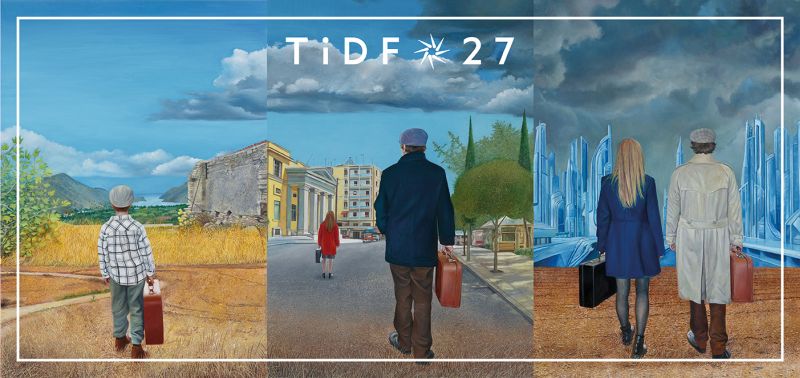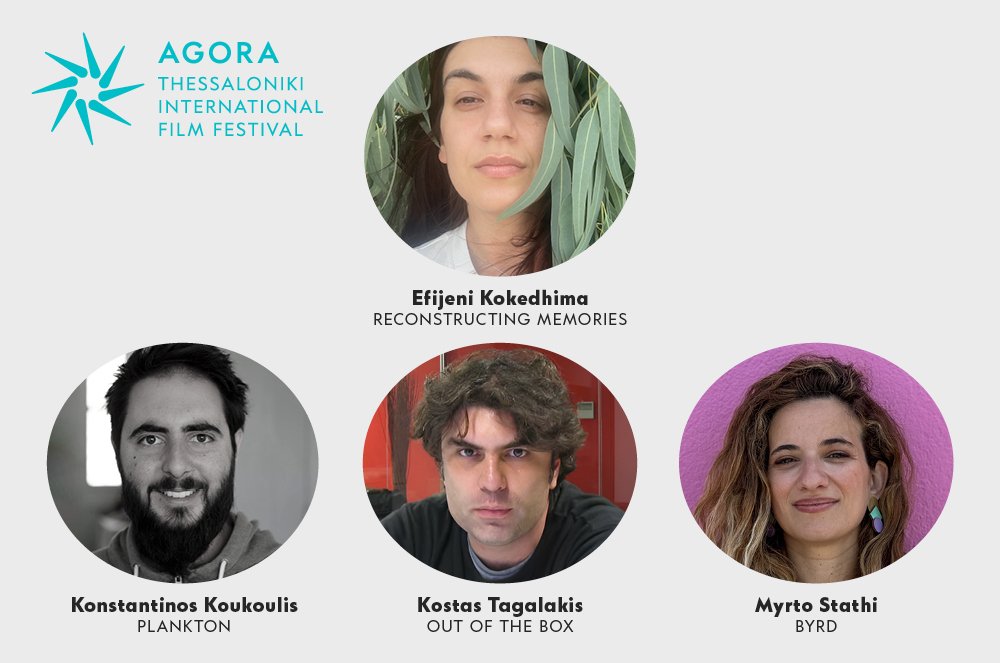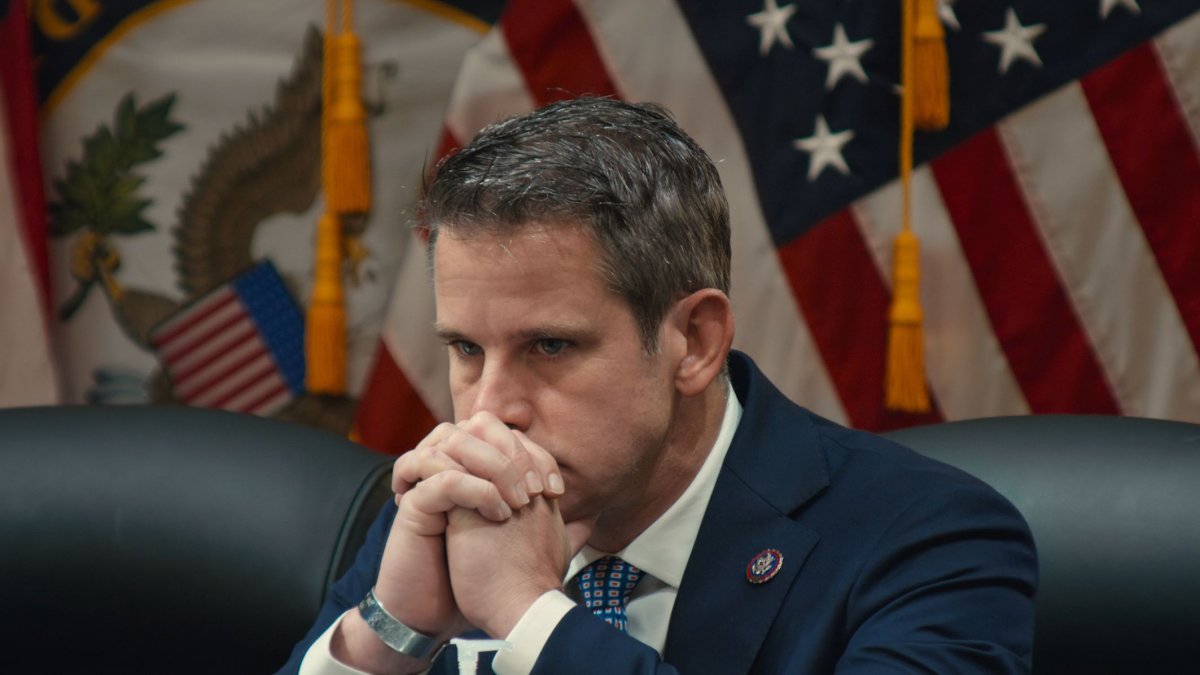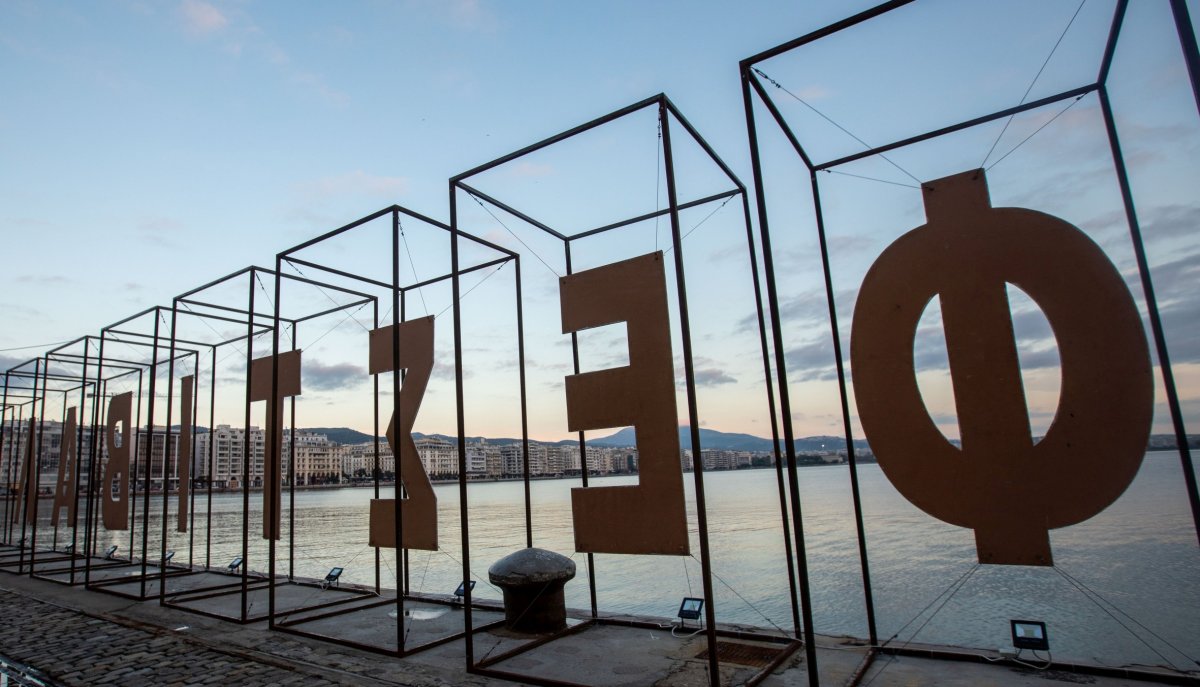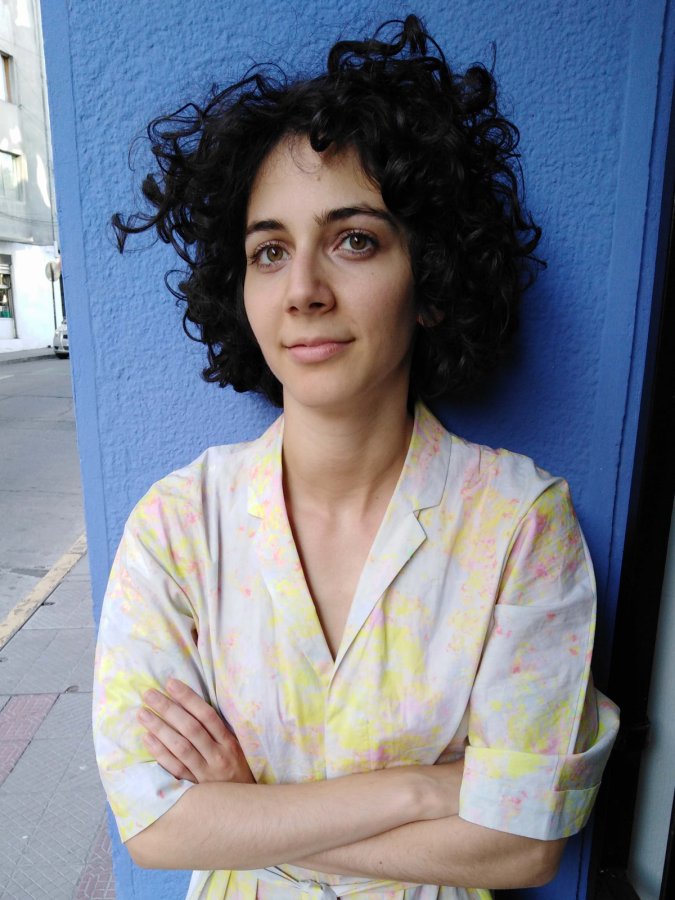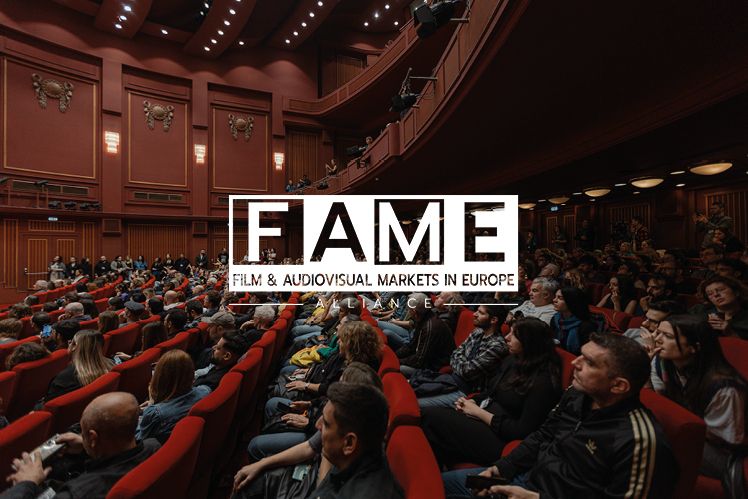Within the framework of the special section of Geocultura of the 25th Thessaloniki Documentary Festival, the screening of the film Fashion Reimagined by Becky Hutner took place on Saturday, March 11th, at Stavros Tornes theater, in the presence of the director. The filmmaker delivers the portrait of the fashion designer Amy Powney, a rising star in the London fashion scene, who created a sustainable clothing line. The screening was followed by an extended Q&A with the participation of Michalis Goudis, Director of the Heinrich Böll Foundation Thessaloniki Office, which supports the film screening as part of the festival, and of Lena Gerothanasi, representative of Pokari Project.
Ms. Hutner initially took the floor. “Thank you all for being here. I would like to also thank the Festival team. I grew up in Canada, but I live in a small British village and wanted to visit Thessaloniki for a long time. As every documentary, ours too is the result of work made with love by me and my team. It took five years to complete it. We started shooting in 2017 and the latest pieces of material were shot last spring. I hope you enjoy the film”.
“I would also like to welcome you and I am also very happy to have Becky in Thessaloniki. We are glad that the Heinrich Böll Foundation supports the specific film which triggers a conversation about many issues related to fashion. Also, it offers information that many of us were probably not familiar with”, Michalis Goudis said. The audience then greeted Lena Gerothanasi. “I am happy to be here with you. I am a member of the Pokari Project, a social cooperative business, and our job is to remind you what an awesome material sheep’s wool is, which exists around us anyway and its value has decreased. Pokari Project consists of five members, two breeders, two craftsmen and one environmentalist. What we try to do is give back to the wool its identity and its value, which is quite great. In Greece, 7 tons of sheep’s wool are produced per year and only a few end up being processed. As a result, the wool ends up harming the environment as waste.
At the extended Q&A that followed, the conversation was initiated by Becky Hutner, who discussed the film and the reason for making it. “In 2007 I lived in London and worked for a production company that specialized in creating films for fashion companies. I created campaigns for designers such as Manolo Blahnik. I was therefore part of this world and one of my projects involved covering a Vogue event. That year, Amy won the award. We had some shootings at her house and it was there where she told me about her wish to create a sustainable collection. It was a defining moment for me, as I wanted to make something more impactful. Luckily, Amy agreed to let me film her and this is how it all begun”.
About the extent to which all of us can contribute to making fashion sustainable, mr. Goudis explained: “First of all, we need to get informed and change our attitude as consumers. We can, for example, buy used clothes and pressure the decision-makers of the industry. Our changes are of small scale so it is the main model that needs to change. There is also the political context. For instance, in the European Union there is a Regulation that limits the use of chemicals, but it does not lead to the desired result we want for us consumers. Locality is also of great importance. By buying clothes that were made and produced nearby, we contribute to sustainability”. As Lena Gerothanasi said “it’s important to connect the garment with the place and vice versa. It adds to its value”.
According to ms. Hutner, “sustainable clothes are more expensive, but not always. There are a lot of new brands with reasonable prices. And let’s not forget the used clothes, which has become a preference for more and more young people. In London, for instance, there are some events where one can go and offer five pieces of their closet and take five from someone else who does the same. Besides, let’s not forget that the most sustainable clothes are those we already have”.
Ms. Gerothanasi talked about what Pokari Project has to suggest in terms of sustainability. “First of all, we need to change our mentality. We try to get Greek wool from local breeds, wool that is not usually used in the making of clothes. Its fiber is thicker and rugged, so it’s used for carpets or household items. We try to keep emphasizing the various advantages of wool as a material, through educational seminars in schools. All wool can be good, as long as they’re used in the right way”.
To the question of what characteristics does a company need to have to be considered sustainable, ms. Hutner said that “there is no legislation about sustainability. It is a difficult field and every company can profess anything. That its clothes are sustainable and organic, without this being true. Fortunately, there are EU policies about sustainability, which target these companies. What fashion brands do is release a sustainable collection or clothing line as a marketing strategy, while they continue doing business as usual. Companies need to have a lot of information on their websites so that we can know if they are indeed sustainable”.
As mr. Goudis added, “the word “sustainability” is popular these days and not many people know what it actually means. Companies need to be clear as to what exactly it is that they do”. As for whether there is a certain organization that could help the companies become sustainable, ms. Hutner mentioned: “The EU strategy on sustainability should also include financial motives for the companies, so that they use sustainable materials”. Mr. Goudis added: “From what I know this does not exist, but we commit to look into it and publish what we find”.
Becky Hutner referred to the difficulties she faced during the shooting of the film. “Amy and I had our ups and downs. I followed her for three years and she revealed her life to me. I was surprising her and making unannounced appearances, so she got upset sometimes. It was during the difficult period of the pandemic and we had to shoot via zoom, while I was pregnant. The editing was also hard because we had more than three hundred hours of shooting and we had to find the right balance between the scenes”.
About whether fast fashion brands can contribute to change, ms. Hutner said that “cost is a big issue and to be selling their clothes at such low prices, they violate the environmental regulations and have cheap labor. As the movie mentions, you cannot buy a shirt with two pounds without this meaning that something bad has happened. All these companies follow the same model and produce large amounts of clothes every year, so it’s hard to keep up with sustainability”.




